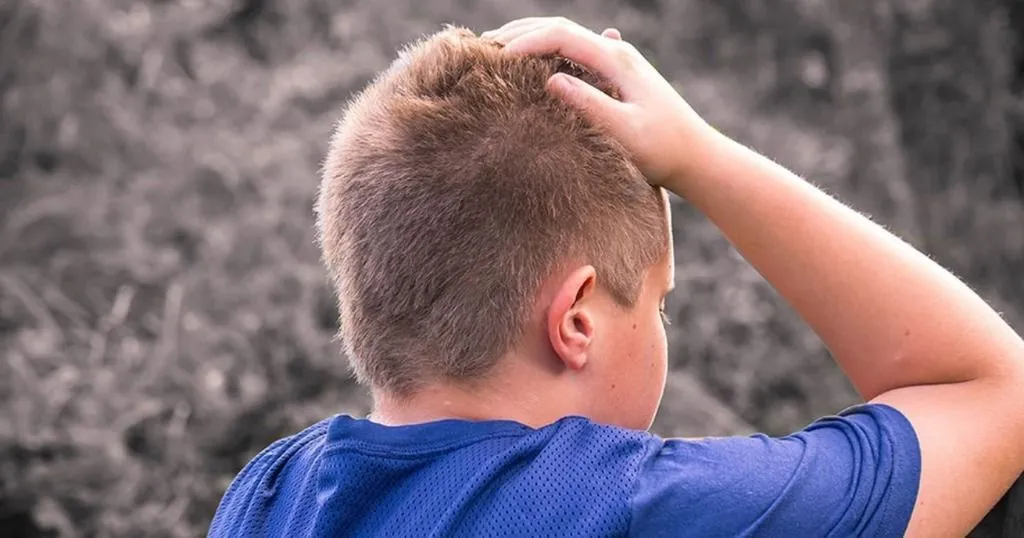Direct observations help develop effective interventions in adolescence
Presenting a study in which family and friendship dynamics in adolescence were observed in order to develop more personalized interventions that prevent problem behaviors and adjustment issues.
Posted by
Published on
Thu 16 Jan. 2020
Topics
| Adolescent Research | Anxiety | Observational Research | The Observer XT |

At the end of December 2019, the NIH’s National Institute on Drug Abuse published its annual Monitoring the Future Survey: High School and Youth Trends. Monitoring the Future reports on the drug use and attitudes among American 8th, 10th, and 12th graders and in past years has seen promising downward trends for illicit drug use, cigarette use, and opioids. However, the 2019 survey results show a continued dramatic increase in vaping, stating that
“Increases in adolescent marijuana vaping from 2018 to 2019 ranked among the largest single-year increases ever observed by Monitoring the Future in the past 45 years among all outcomes ever measured. In 2019 the percentage of adolescents who had vaped marijuana in the last 12 months was 21% in 12th grade, 19% in 10th grade, and 7% in 8th grade.”
Preventing problem behavior, such as drug use starting in adolescence, has been a research topic for many years. Some interventions are successful, some aren’t. What determines success? How can we prevent adolescents from making these unhealthy choices?
In this blog post I present a study by Dr. Thomas Dishion and colleagues from Arizona State University, John Hopkins School of Medicine in Baltimore, Maryland, and the Oregon Research Institute, in which family and friendship dynamics in adolescence were observed in order to develop more personalized interventions that prevent problem behaviors and adjustment issues.
Why friendships and family relationships are equally important
Thomas Dishion and colleagues explain that the friendship and family dynamics considered each uniquely influence adolescents in their transition to adulthood.
The example given by the researchers explains: “An adolescent who has conflict with a parent and spends time with drug-using peers is potentially more likely to escalate to problem behavior.”
If one fails, the other might compensate for it, but if both relationships fail it becomes harder to follow a normal development path.
Why direct observations help us understand interpersonal relationships
According to Dishion and colleagues, a particular useful method for understanding relationship dynamics between parents and peers is direct observation. Observations help us find patterns in behavior and thus help us develop effective interventions. And, Dishion et al. explain: “interobserver reliability assures that the measurement will be more objective”. Hence, a software product such as The Observer XT automatically calculating this measure helps in studying relationship dynamics and preventing researchers from drawing conclusions based on incorrectly interpreted data.
Antisocial, disaffected, or healthy
784 adolescents participated in this study. The researchers first established three adolescent groups that indicated unique observed interpersonal dynamics with parents and friends. High levels of deviant and drug use talk, aggressive interactions with friends, and force or threat in family interactions defined the antisocial group. High levels of drug use talk with friends and negativity about their parent(s) were defining codes for the disaffected group.
Luckily 587 of the 784 adolescents who participated were classified into the healthy relationship group, showing overall low levels of deviant and drug use talk with friends and positive, noncoercive (not using threats or force to achieve compliance) relationships with their parents.
Data collection consisted of video recording observations of peer-youth interactions, parent-youth interactions, and a parent and youth five-minute speech task.
Research assistants blind to the experimental conditions coded the tapes in a detailed and structured way using The Observer XT coding software. With a macro and micro rating scale they rated participant behavior, first rating the episode as a whole, followed by second-by-second behavioral coding.
One of the many outcomes found by the researchers was that compared to the healthy relationship group, the disaffected and the antisocial groups reported significantly higher substance use problems in early adulthood. What does this mean for interventions? Dishion and colleagues explain that with this information, it is possible to tailor and personalize interventions with adolescents to address key dynamics in the family and friendship relationships, to more effectively prevent adult substance use problems, depression, and violence.
Anxiety? We ALL know the feeling
After re-reading the article of Dishion and colleagues, it sprang to mind that they didn’t find any significant relationship with anxiety. What happened there? The transition from childhood to adulthood is an anxious one, period. Having to overcome many emotional and other hurdles makes this a period of stress and anxiousness. Therefore, friends and family can make a difference. Much more information can be found in the paper cited below. Enjoy reading and we look forward to what else Thomas Dishion and colleagues bring to the press.
References
- Dishion, T.J.; Mun, C.J.; Ha, T.; Tein, J. (2019). Observed family and friendship dynamics in adolescence: a latent profile approach to identifying “Mesosystem” adaptation for intervention tailoring. Prevention Science, 20, 41-55.
- NIDA. (2019, December 18). Monitoring the Future Survey: High School and Youth Trends. Retrieved from https://www.drugabuse.gov/publications/drugfacts/monitoring-future-survey-high-school-youth-trends on 2019, December 23
- http://www.monitoringthefuture.org/pressreleases/19drugpr.pdf
- http://www.monitoringthefuture.org/
Related Posts

What does an infant’s gaze tell us about how hungry they feel?

A-bad-influence: Parent substance use disorder and child outcomes

